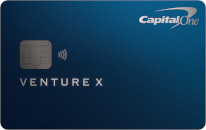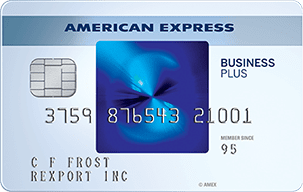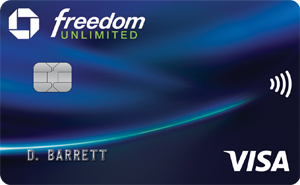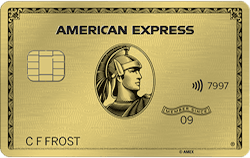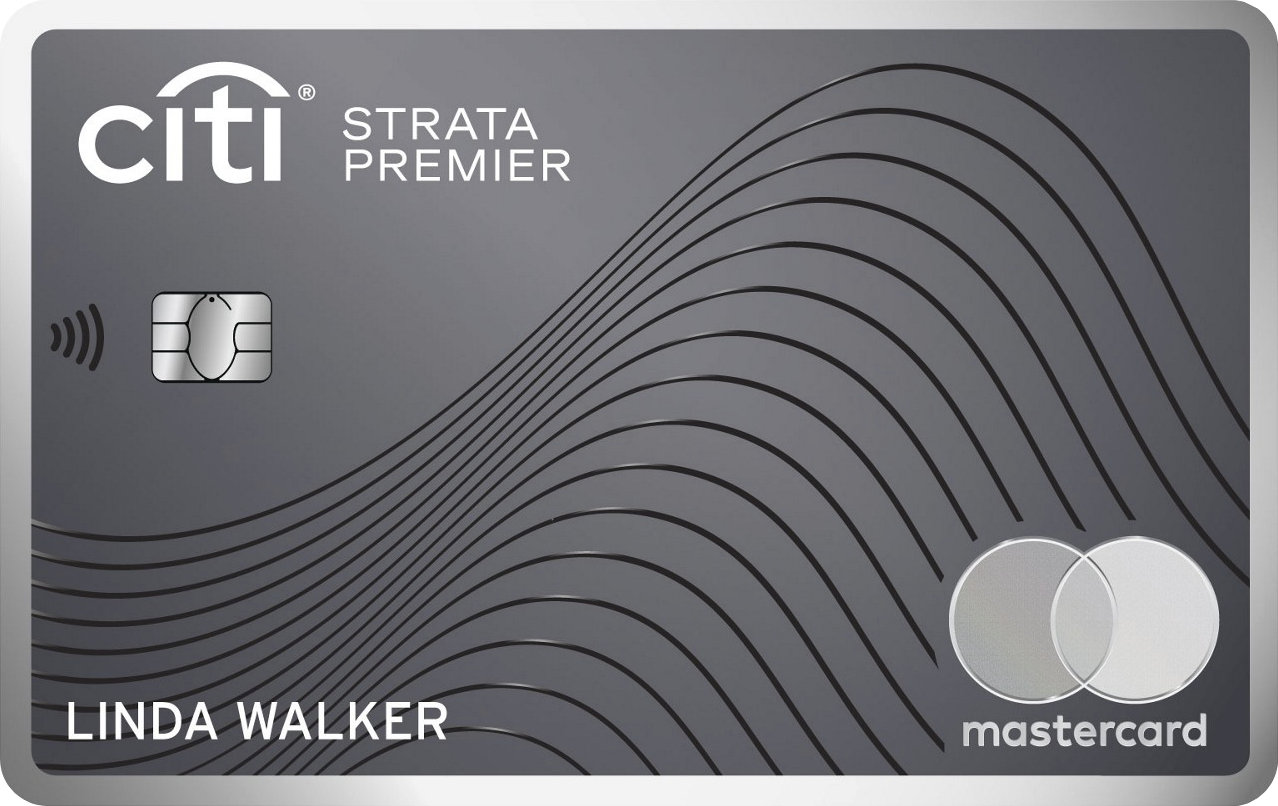Those who have followed my credit card rewards writing for some time know that I have been a fan of Singapore Airlines’ KrisFlyer program since way back when.
Transferrable points can be transferred to Singapore Airlines from Amex, Chase and Citibank on a 1-to-1 basis, and from Capital One on a 2-to-1 basis, and for years there had been great availability on United to Hawaii, and on other Star Alliance carriers elsewhere. Often, it required far fewer Singapore miles to fly on United to Hawaii so long as saver seats were available.
And, after airlines like United and Lufthansa started awarding fewer miles for actually flying, if you credited your flights to Singapore Krisflyer you continued to get the full miles flown.
A few years ago, it became next to impossible to redeem Singapore KrisFlyer miles on anything other than Singapore’s own metal. That means for Americans transferring miles from one of the three major issuers, you really need to have plans to fly to Singapore, to Japan, from Houston to Manchester, UK or Moscow, or from JFK to Frankfurt some time in the next three years.
To boot, Saver level awards are extremely difficult to find at all through the Krisflyer website.
All of this and Singapore’s strict 3-year point expiration policy where points expire based on the date of accumulation can create some very difficult circumstances.
I, for example, spent days on their website in early 2019 trying to find Saver level seats in Business class from anywhere in Southeast Asia back through Singapore to Newark. While I did finally find seats in July from Da Nang, Vietnam, and the flight was great, I was torn about ever transferring large sums of points from Citibank, Chase or Amex to Singapore again.
When the Coronavirus shutdown came, I thought it would be a perfect opportunity for Singapore Airlines to get rid of this strict 3-year point expiration policy and perhaps to announce other enhancements to make the program more appealing for US customers. The fact that they haven’t makes Singapore Airlines a much less attractive place to transfer your transferrable points. And, that in particular, also impacts my view of Citibank’s Thank You program where Singapore was always the only super valuable transfer partner (AirFrance KLM and JetBlue are also OK).
